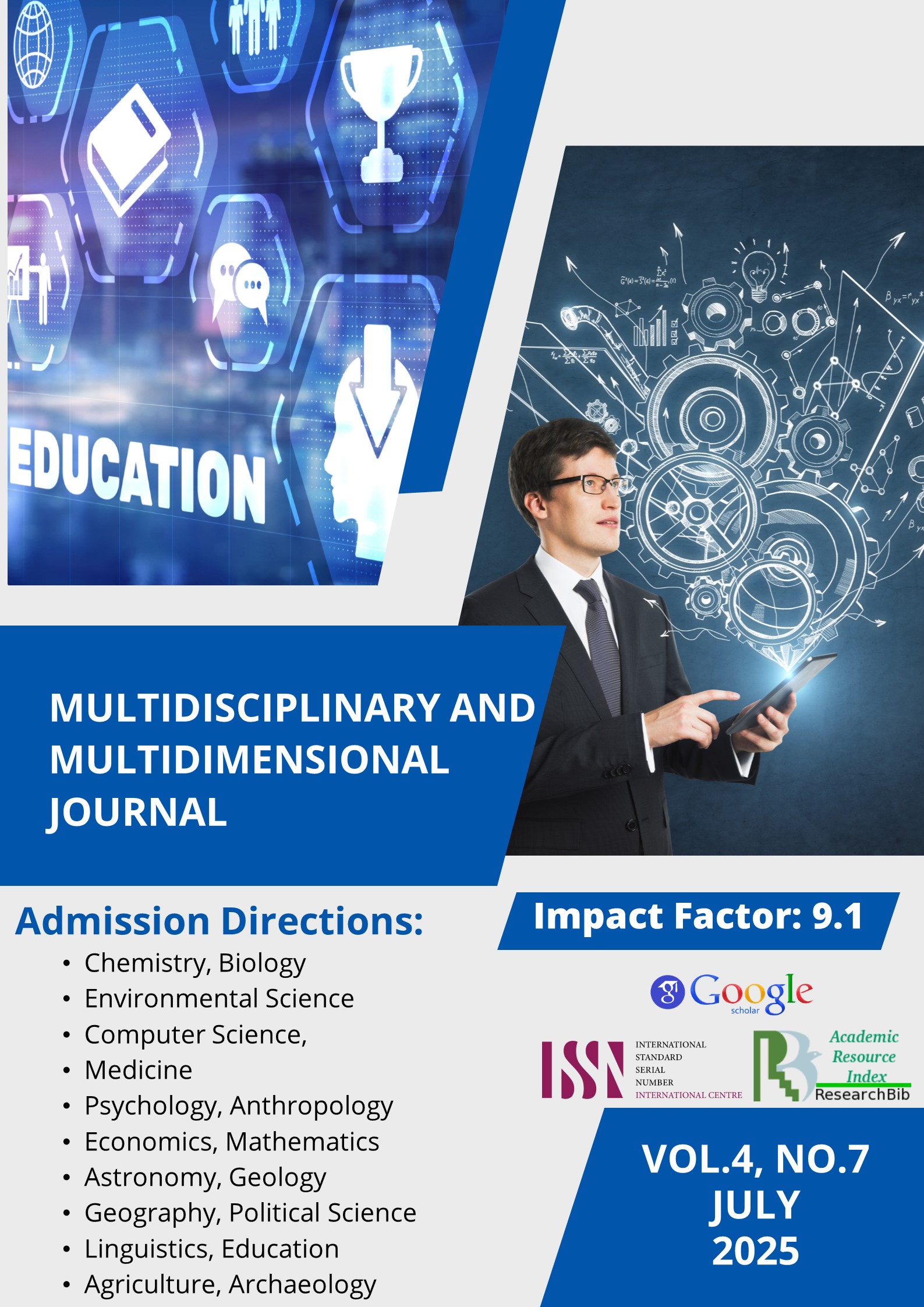REPRESENTATION OF THE FEMALE IMAGE IN JADID LITERATURE: IN THE PATH OF ENLIGHTENMENT AND EMANCIPATION
Keywords:
Keywords: Jadid literature, female emancipation, Central Asian modernism, Fitrat, Cho‘lpon, women's rights, enlightenment, gender rolesAbstract
This article explores the portrayal of women in Jadid literature, focusing on the ideological and literary transformation of the female image during the early 20th century in Central Asia. Through an analysis of selected works by prominent Jadid writers such as Abdurauf Fitrat, Abdulla Avloniy, and Cho‘lpon, the study highlights how women were presented not merely as passive characters, but as symbols of national awakening and intellectual emancipation. The research underscores the Jadid movement's efforts to challenge traditional gender norms and promote female education, freedom, and moral agency as vital elements in building a modern Muslim society. The article combines literary analysis with historical context to show how Jadid authors used female characters as agents of enlightenment and reform.
References
Abdulla Qodiriy. (1926). 'O‘tgan kunlar'. Tashkent: Fan nashriyoti.
Fitrat, A. (1911). 'Munozara'. Bukhara.
Allworth, E. (2000). 'The Modern Uzbeks: From the Fourteenth Century to the Present'. Stanford University Press.
Khalid, A. (1998). 'The Politics of Muslim Cultural Reform: Jadidism in Central Asia'. University of California Press.
Tokhtakhodjaeva, M. (1995). 'Between the Slogans of Communism and the Laws of Islam'. Global Circle for Women's Rights.
Saidazimova, G. (2007). 'Islam And Women: The Case Of Uzbekistan'. Radio Free Europe/Radio Liberty.











